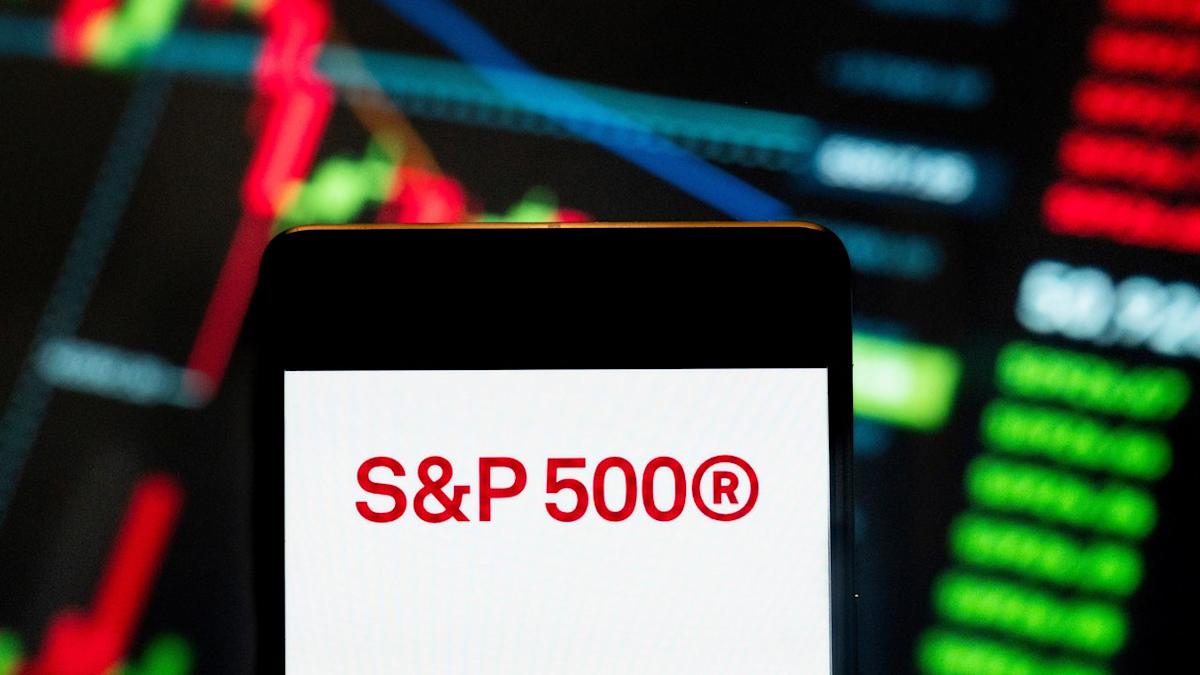Markets slump amid fresh jitters over AI valuations
U.S. stock futures fell Tuesday alongside a slump in global equities, amid deepening concern that AI and tech company valuations are overinflated and fears that the Federal Reserve will not cut rates in December.
Futures tracking the S&P 500 fell as much as 0.8% in the early hours, before recovering to around 0.3% down. A fall during trading on Tuesday would put it on course for its longest run of consecutive losses since August, of four days. The Dow Jones and the tech-heavy Nasdaq’s futures were also down.
The losses come as Nvidia, the world’s most valuable public company, prepared to release earnings tomorrow, in what many will see as a bellwether for the wider AI ecosystem. Fears are mounting that AI stocks such as Nvidia – currently valued at about $4.6 trillion – are overinflated and that an investment bubble has formed.
Russ Mould, investment director at AJ Bell, said there has “rarely been more riding on an individual set of results” than Nvidia’s. “Even a mild disappointment could reinforce the market’s worries and spark a wider sell-off.”
The chipmaker’s shares were about 1.2% down in premarket trading Tuesday morning.
The vice president of JPMorgan, Daniel Pinto, became the latest to warn on Tuesday that AI stocks could fall soon. “There is probably a correction there,” Pinto said at a Bloomberg event in South Africa Tuesday. “That correction will also create a correction in the rest of the segment, the S&P and in the industry.”
Global stocks were also in the red Tuesday. Declines in Japan and South Korea were followed by a 1.2% fall for Britain’s FTSE 100 and France’s Cac 40.
Experts also pointed to jitters before a swathe of delayed U.S. economic data releases are put out in the coming days including September’s jobs numbers, which have not surfaced yet because of the recent government shutdown.
If those indicate any further inflation risk, it could weaken the case for the Fed to cut rates at its next meeting in December. Recent comments from Fed chair Jerome Powell and other policymakers have thrown further doubt on hopes that it will do so.
Powell said after the last cut in October that “a further reduction in the policy rate at the December meeting is not a foregone conclusion — far from it.”
Boston Fed President Susan Collins said last week that it will “likely be appropriate to keep policy rates at the current level for some time to balance the inflation and employment risks in this highly uncertain environment.”
But Fed governor Christopher Waller voiced support for a cut in December, citing concerns over the labor market. He said Monday: “My focus is on the labor market, and after months of weakening, it is unlikely that the September jobs report later this week or any other data in the next few weeks would change my view that another cut is in order.”
The CME FedWatch tool was placing the probability of a December rate cut at 47% on Tuesday, down more than 10% since last week.



Leave a Comment
Your email address will not be published. Required fields are marked *